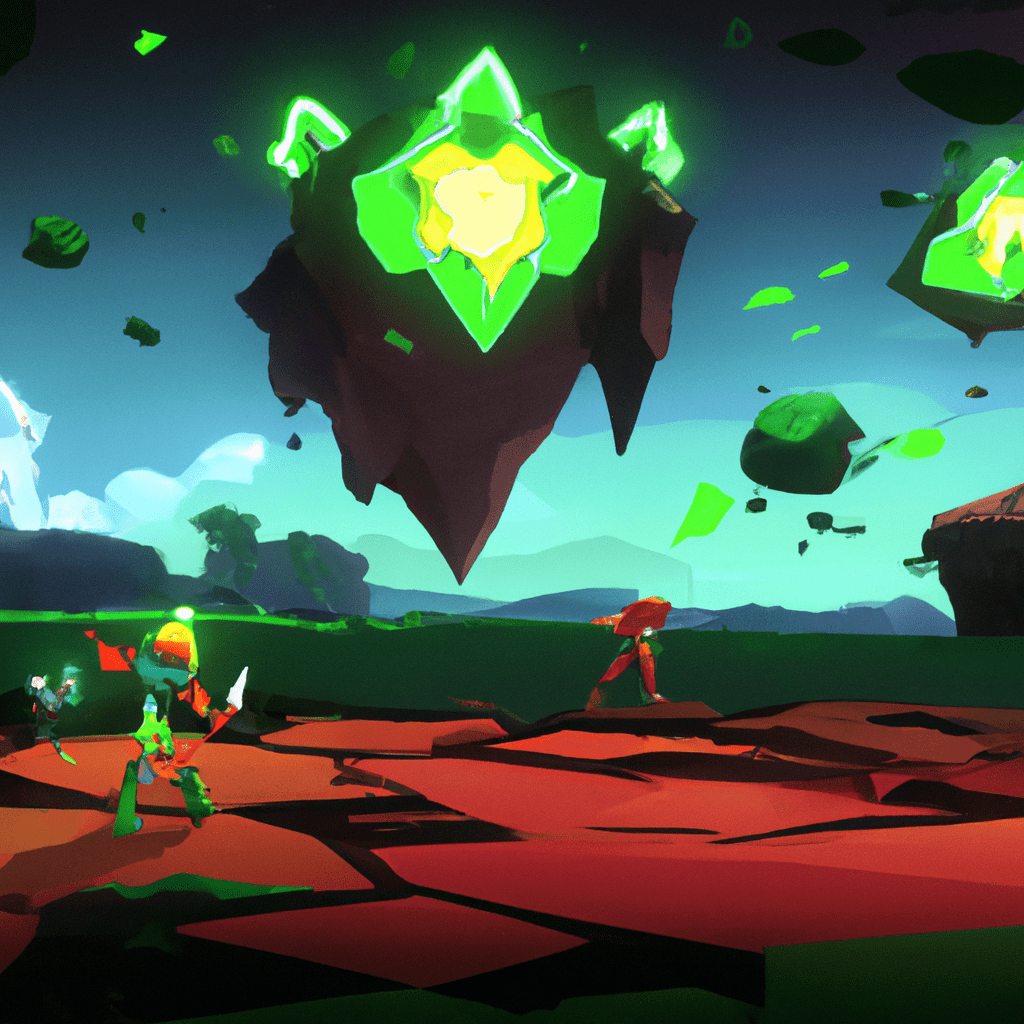Introduction
Gaming in academia refers to the integration of gaming elements and technologies into college courses to enhance learning and engagement. In recent years, there has been a significant rise in the use of gaming in higher education as educators recognize its potential to improve student outcomes. This article explores the benefits, challenges, and future prospects of gaming in academia.
Gaming in academia has become an effective tool for enhancing learning and engagement in college courses.
Benefits of gaming in academia
Improved student engagement and motivation: Gaming provides an interactive and immersive learning experience that captivates students’ attention and motivates them to actively participate in the learning process. Through gaming, students can explore complex concepts and apply their knowledge in a fun and engaging way.
Development of critical thinking and problem-solving skills: Gaming often requires players to think critically, analyze situations, and make strategic decisions. By incorporating gaming into college courses, students can develop and enhance their critical thinking and problem-solving skills, which are essential for success in various academic and professional contexts.
Enhanced collaboration and teamwork: Many games involve multiplayer modes or cooperative gameplay, fostering collaboration and teamwork among students. By working together to achieve common goals, students learn how to communicate effectively, delegate tasks, and leverage each other’s strengths, skills that are valuable in both academic and professional settings.
Increased knowledge retention and application: Gaming provides an interactive and experiential learning environment that promotes active learning and knowledge retention. When students actively engage with course content through gaming, they are more likely to remember and apply what they have learned in real-world scenarios.
Integration of gaming in college courses
Examples of courses that incorporate gaming elements: Various disciplines, such as history, biology, and business, have successfully integrated gaming elements into their courses. For example, history courses may use historical simulations to allow students to experience and understand historical events. Biology courses may incorporate virtual labs or simulations to help students visualize and understand complex biological processes.
Discussion of different types of gaming used in academia: Academia utilizes various types of gaming, including simulations, gamified learning platforms, and educational games. Simulations provide realistic and immersive experiences that allow students to apply their knowledge in practical contexts. Gamified learning platforms incorporate game-like elements, such as points, badges, and leaderboards, to motivate and engage students. Educational games are specifically designed to teach and reinforce specific concepts or skills.
Importance of aligning gaming activities with course objectives and learning outcomes: While gaming can be a powerful tool for enhancing learning, it is crucial to align gaming activities with course objectives and learning outcomes. By integrating gaming strategically, instructors can ensure that the gaming elements contribute to the overall educational goals of the course.
Challenges and concerns of gaming in academia
Potential distractions and time management issues: One concern with gaming in academia is the potential for students to become distracted or spend excessive time on gaming activities. Instructors must establish clear guidelines and expectations to ensure that gaming is used as a productive learning tool rather than a distraction.
Accessibility and inclusivity considerations: It is essential to consider the accessibility and inclusivity of gaming activities in academia. Instructors should ensure that gaming platforms and technologies are accessible to all students, including those with disabilities. Additionally, instructors should be mindful of potential cultural or gender biases that may be present in certain games.
Addressing the perception of gaming as a frivolous activity: Despite the growing recognition of gaming’s educational potential, there is still a perception that gaming is a frivolous activity. Educators must actively promote the value and benefits of gaming in academia to overcome this perception and gain support from stakeholders.
Balancing the use of gaming with traditional teaching methods: While gaming can enhance learning, it is important to strike a balance between gaming and traditional teaching methods. Instructors should consider how gaming activities can complement and enhance existing instructional strategies rather than replace them entirely.
Case studies of successful gaming integration in academia
Analysis of specific college courses that have effectively incorporated gaming: Several college courses have successfully integrated gaming elements to enhance learning. For example, a business course may use a business simulation game to allow students to apply their knowledge in a virtual business environment. An engineering course may incorporate a virtual reality simulation to provide hands-on experience with complex engineering concepts.
Examination of the positive outcomes and student feedback from these courses: Studies have shown that students who engage in gaming activities in college courses often exhibit higher levels of motivation, engagement, and knowledge retention. Student feedback has also highlighted the enjoyment and value of gaming as a learning tool.
Discussion of the strategies and best practices employed by instructors: Instructors who have successfully integrated gaming in academia often employ strategies such as clear learning objectives, scaffolding activities, and reflection exercises. They also provide opportunities for students to collaborate, compete, and receive feedback on their gaming performance.
The future of gaming in academia
Potential advancements in gaming technology and its impact on education: As gaming technology continues to evolve, there is immense potential for more immersive and realistic educational experiences. Virtual reality, augmented reality, and artificial intelligence are just a few examples of technologies that can revolutionize gaming-based learning.
Exploration of emerging trends and innovative approaches in gaming-based learning: The field of gaming-based learning is constantly evolving, with new trends and approaches emerging. These include adaptive learning systems, personalized learning experiences, and the integration of game-based assessments. These innovations have the potential to further enhance the effectiveness of gaming in academia.
Discussion of the potential challenges and opportunities for further integration of gaming in academia: While gaming in academia has shown great promise, there are still challenges to overcome, such as cost, accessibility, and faculty training. However, with careful planning and support, there are significant opportunities to further integrate gaming into college courses and improve student outcomes.
Conclusion
Gaming in academia has proven to be an effective tool for enhancing learning and engagement in college courses. By improving student engagement and motivation, developing critical thinking and problem-solving skills, fostering collaboration and teamwork, and increasing knowledge retention and application, gaming has the potential to transform education. However, careful consideration must be given to the challenges and concerns associated with gaming in academia, and thoughtful integration and pedagogical considerations are essential for its success. With advancements in gaming technology and the exploration of innovative approaches, the future of gaming in academia holds great promise for improving student outcomes and transforming education.
FAQ
Q: What is gaming in academia?
A: Gaming in academia refers to the integration of gaming elements and technologies into college courses to enhance learning and engagement.
Q: What are the benefits of gaming in academia?
A: Gaming in academia offers benefits such as improved student engagement and motivation, development of critical thinking and problem-solving skills, enhanced collaboration and teamwork, and increased knowledge retention and application.
Q: How is gaming integrated into college courses?
A: Gaming can be integrated into college courses through various methods, including simulations, gamified learning platforms, and educational games. These gaming elements are aligned with course objectives and learning outcomes.
Q: What are the challenges of gaming in academia?
A: Challenges of gaming in academia include potential distractions and time management issues, accessibility and inclusivity considerations, addressing the perception of gaming as a frivolous activity, and balancing the use of gaming with traditional teaching methods.
Q: Are there successful examples of gaming integration in academia?
A: Yes, several college courses have effectively incorporated gaming elements, resulting in positive outcomes and student feedback. Instructors employ strategies such as clear learning objectives, scaffolding activities, and opportunities for collaboration and feedback.







